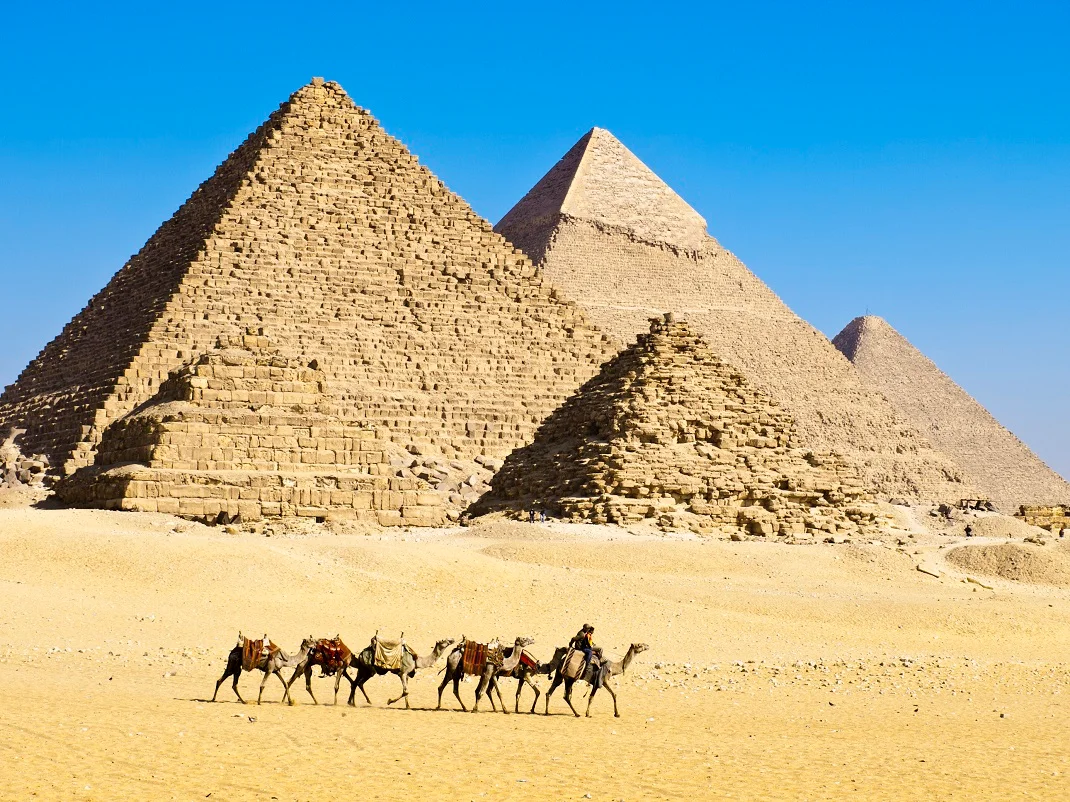 Reading Time: 2 minutes
Reading Time: 2 minutes
For centuries, the construction of the ancient Egyptian pyramids has remained one of the world’s greatest mysteries. How did the ancient Egyptians transport and lift massive stone blocks to such incredible heights? Recent scientific research has provided compelling evidence that the answer lies in a simple yet ingenious technique: the use of water as a lubricant.
The Power of Water
A team of international scientists conducted experiments using a scale model of an ancient Egyptian transport sled. By varying the amount of water added to the sand beneath the sled, they discovered that a specific water-to-sand ratio significantly reduced friction, making it possible to move heavy loads with relative ease. This groundbreaking finding challenges previous theories that relied on complex machinery or superhuman strength.
The Scale Model Experiment
The scale model experiment demonstrated that the ancient Egyptians could have effectively transported the massive stone blocks by following these steps:
- Preparation: The blocks were likely levered onto wooden sleds, ready for transportation.
- Wetting the Sand: Water was poured in front of the sled, creating a moist surface.
- Pulling the Sled: Teams of workers could then pull the sled, taking advantage of the reduced friction.
The Role of Water in Pyramid Construction
The use of water as a lubricant offers a plausible explanation for how the ancient Egyptians overcame the logistical challenges of pyramid construction. Here’s why:
- Efficiency: Water significantly reduced the effort required to move the heavy blocks, making the process more efficient.
- Availability: Water was readily available in ancient Egypt, making it a practical choice for construction.
- Simplicity: The technique was relatively simple to implement, requiring no complex machinery or specialized knowledge.
Challenges and Controversy
While the water-based theory is gaining traction, it’s important to note that there are still some debates and challenges to overcome. Some critics argue that the scale model experiments may not accurately replicate the conditions faced by the ancient Egyptians. Additionally, there is ongoing discussion about the specific methods used to lift the blocks into place.
The discovery of water as a crucial tool in pyramid construction sheds new light on one of the world’s most enduring mysteries. This innovative technique demonstrates the ingenuity and problem-solving skills of the ancient Egyptians, who were able to overcome seemingly insurmountable challenges t

Leave a Reply